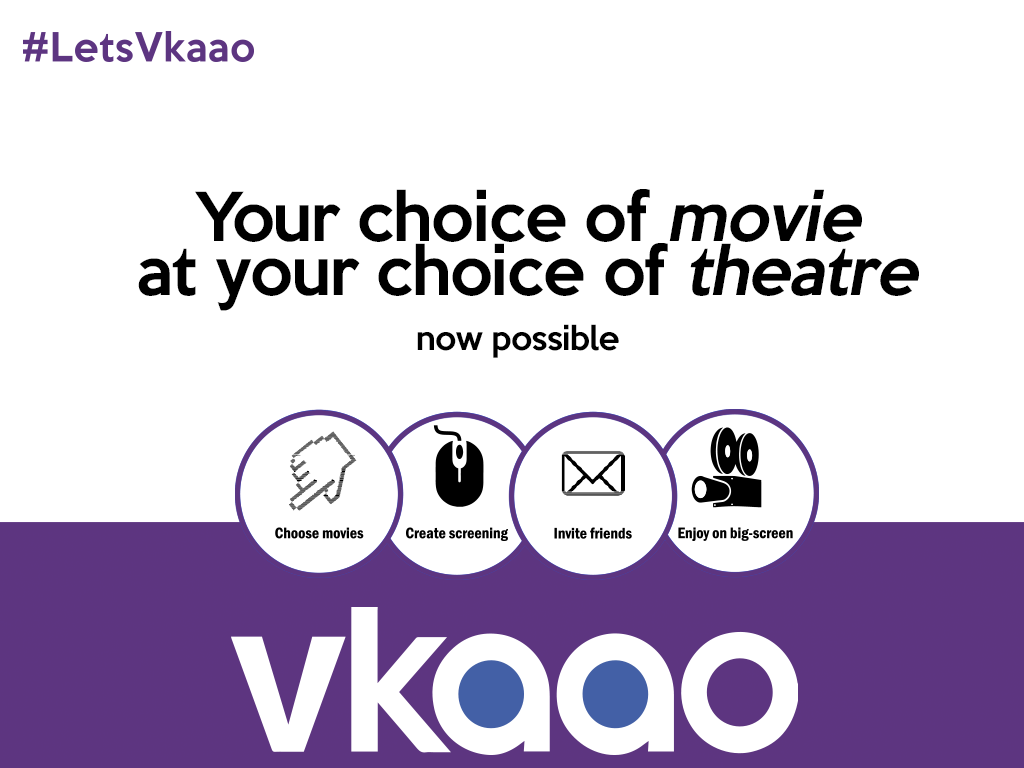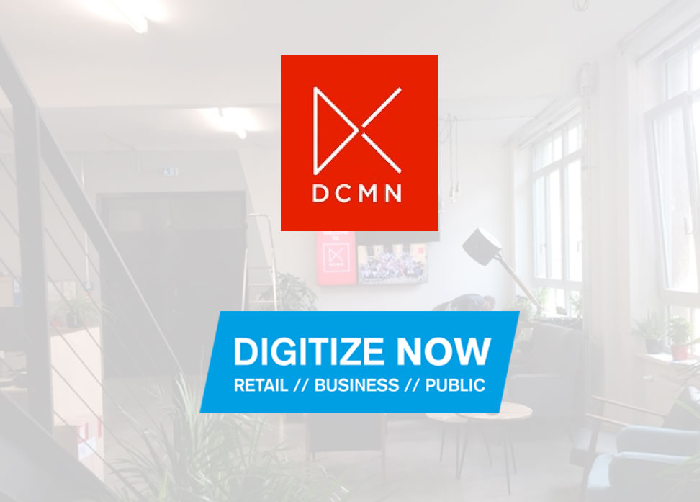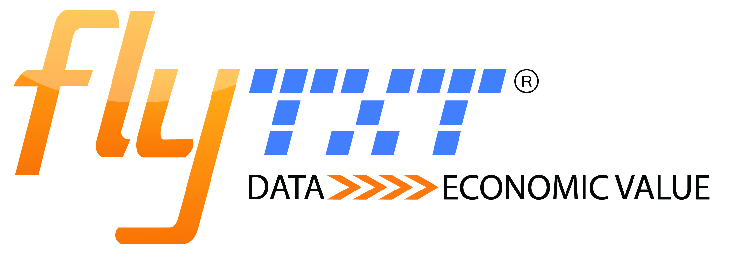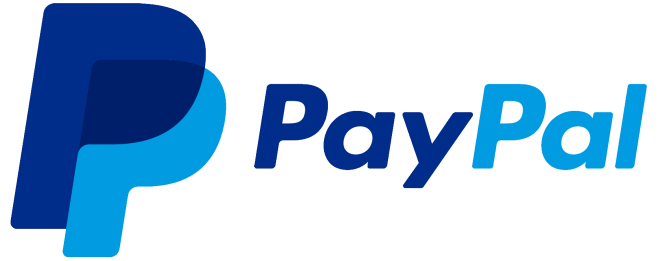BookMyShow, India’s largest online entertainment ticketing brand, has joined hands with India’s largest Indie distributor PVR Pictures for Vkaao, a web-platform that enables individuals to choose the films that play in their local cinemas. As part of this association, India’s leading entertainment brands have come together to bring curated content by empowering the fans and movie goers to choose films, screening time, and theatre locations at any PVR Cinema across the country.

While PVR Pictures will continue to focus on making available a variety of films across genres and languages, BookMyShow will leverage its advanced analytical capabilities to identify the right set of viewers and curate screenings backed by its decade long intelligence and incisive understanding of movie goers.
Since its inception in January 2017, Vkaao has screened hundreds of shows, including exclusive paid previews. Vkaao currently has a library of over 400 studio and independent titles and plans to grow this collection manifold over the next 12 months. Vkaao has emerged as an alternate distribution platform for Indie film makers becoming a direct link between them and the cinemas. With this strategic tie up, Vkaao will have the capability to be the turnkey theatrical distribution arm for film makers, providing promotional services, campaign strategy, advertising & theatre booking services. Vkaao will continue to provide its standard Theatre On Demand model for films not positioned for traditional theatrical release.
Marzdi Kalianiwala, VP-Marketing & Business Intelligence, BookMyShow said
Our partnership with PVR Pictures only strengthens the existing successful movie viewing experiences we together provide our customers and now, we are excited to play a significant role in elevating the on-demand movie going experience with Vkaao. Over the last decade, BookMyShow has redefined the access to movies for millions of its users and through Vkaao, we are excited to bring them a curated selection of niche and exclusive films. This will be coupled with Vkaao’s cinematic experience that is highly personalised, and driven by people themselves, empowering them to share it with others with similar interests. Our analytical capabilities will definitely be able to bring together a new generation of cinema lovers and create a community that shares love for such films.
Deepak Sharma, COO – PVR Pictures said
Our successful association with BookMyShow spans decades and we are really excited to work with them on Vkaao. As we continue to grow the Vkaao collection of films, our mission is to enable audiences to share an endless selection of films with friends, families and local communities, and to provide for a rich and engaging experience at PVR Cinemas. This new collaboration will help create a more seamless relationship between the theatrical and the digital experience. As part of this association, Vkaao, which is currently run as an independent platform will soon be integrated with PVR’s native digital platforms and BookMyShow.
About Vkaao
A fresh, disruptive medium of movie-going, Vkaao is a platform which gives viewers complete control of their movie watching experience at theatres. It allows them to select their preferred movie along with the location, date, and time of the screening at any theatre of their choice. This novel approach to movie going is why Vkaao is being considered as an exciting alternative to the conventional way of watching movies at the theatres. Vkaao’s USP lies in its focus on leveraging state-of-the-art technology in order to create a social, crowd-sourced movie going experience. For more information, please visit Vkaao









